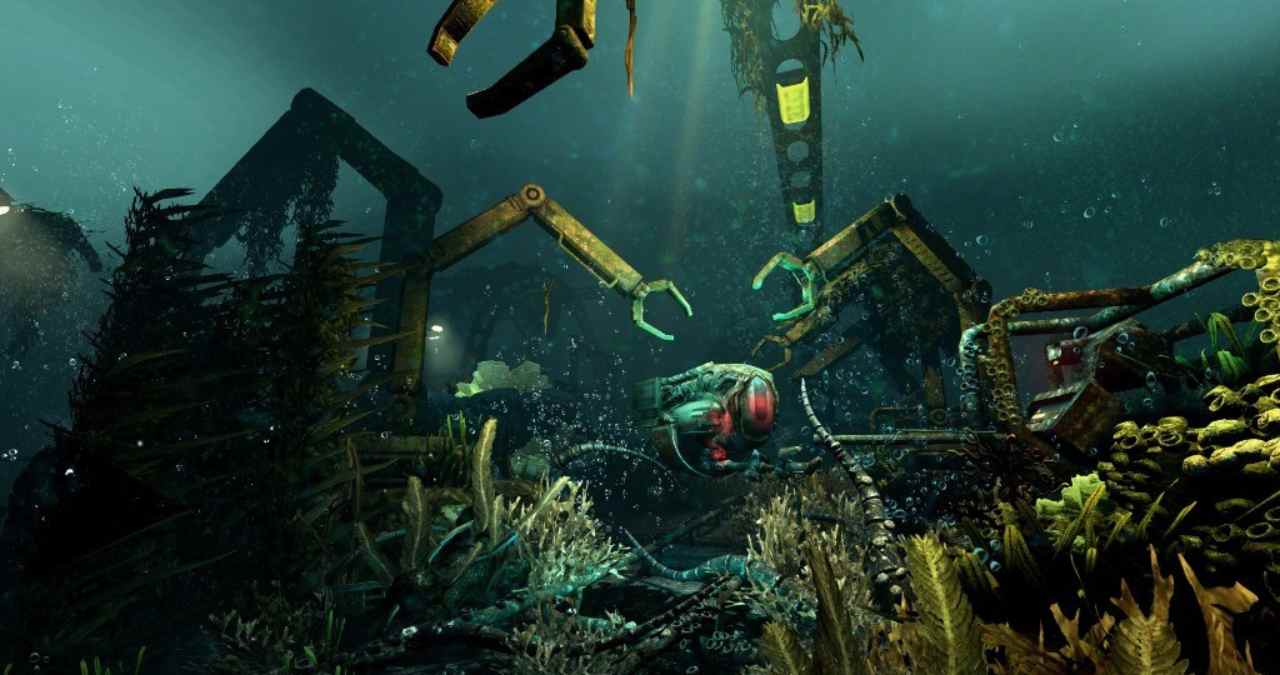The world of SOMA never really left players. Its mix of psychological horror and philosophical dread carved a space in sci-fi gaming that few titles have matched since. Now, a VR adaptation inspired by that universe is resurfacing with a fresh spin. It’s called Carnasis, and while it borrows the setting and mood, it’s forging its own path.
Developed independently, Carnasis isn’t a remake. It’s more of a spiritual extension, shifting the narrative focus and layering on immersive VR mechanics that demand more than just observation.
A Familiar World, Rebuilt from the Core
Set within the submerged corridors and broken technology of SOMA’s abandoned research facilities, Carnasis brings players back to a decaying world but with a different story and purpose. Instead of reliving the original’s events, the game explores a restructured timeline and invites players to uncover what happened in this alternate version of Pathos-II.
The architecture and atmosphere are unmistakable, but it’s not about recreating the same experience. It feels more like walking through a memory of the original game, distorted but recognizable, where every detail hints at a diverging reality.
This approach lets Carnasis avoid fan-service repetition. It’s built on the same philosophical roots, but its execution aims to be more personal and experimental.
Designed Exclusively for PC VR
Unlike ports or retrofitted flatscreen titles, Carnasis was built specifically with VR in mind. Movement, exploration, and object interaction are tailored to motion controls and headset-based presence. That makes a difference in how the tension builds especially in tight corridors or when piecing together visual clues.
The developers use a minimalist UI and hands-on environmental mechanics that encourage slow pacing. You’re not just walking through the story, you’re inhabiting it. Picking up broken hardware, opening sealed hatches, or even just turning a corner feels loaded with purpose.
Currently available for PC VR platforms via SideQuest and itch.io, Carnasis is still being shaped by community feedback. Meta Quest support is possible through PC Link, but native standalone compatibility hasn’t been confirmed yet.
Visual and Narrative Intent
Stylistically, Carnasis keeps things raw and industrial. Lighting is sparse, textures lean into decay, and environmental storytelling takes precedence over exposition. There are echoes of Half-Life: Alyx in the way certain mechanics unfold, though the pace here is slower and more contemplative.
Instead of combat or jump scares, the tension comes from ambiguity. You’re not sure what happened, who you are, or what’s real. Audio design plays a big role, using distant echoes, mechanical droning, and environmental shifts to reinforce the unease.
The story isn’t handed to you. It’s scattered across terminals, overheard dialogue fragments, and abstract environmental clues rewarding those who move slowly and pay attention.
Community-Created, Open-Ended Potential
Since Carnasis is a fan-made project, it exists outside typical development cycles or publisher deadlines. That freedom gives it room to evolve iteratively. Updates are frequent, and the dev behind it has hinted at expanding storylines, deeper puzzles, and maybe even connections to other speculative fiction themes beyond SOMA.
That flexibility doesn’t mean the project feels unpolished, though. Even in its current state, Carnasis shows a strong grasp of atmosphere, tone, and design intent. It’s not a tech demo or VR experiment it’s a serious attempt to reimagine a specific kind of horror in a format that amplifies it.For players looking for narrative-heavy, exploration-driven VR, especially with sci-fi undertones and no hand-holding, Carnasis feels like a hidden corner of a world you thought you already knew.
Virtual Reality Explorer & Game Reviewer
Always the first to plug in. VRSCOUT dives head-first into the most immersive VR worlds, analyzing mechanics, comfort, innovation, and that elusive “presence” factor. If he says it’s worth it, it probably is.




